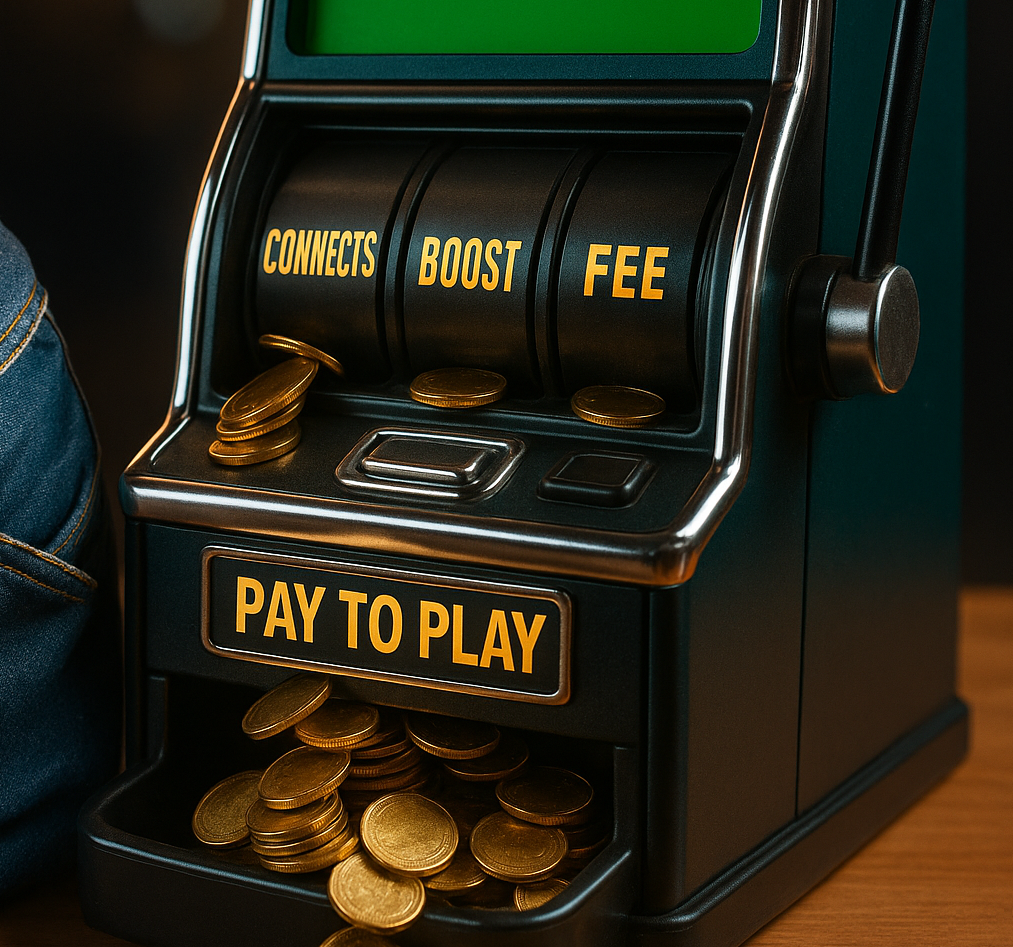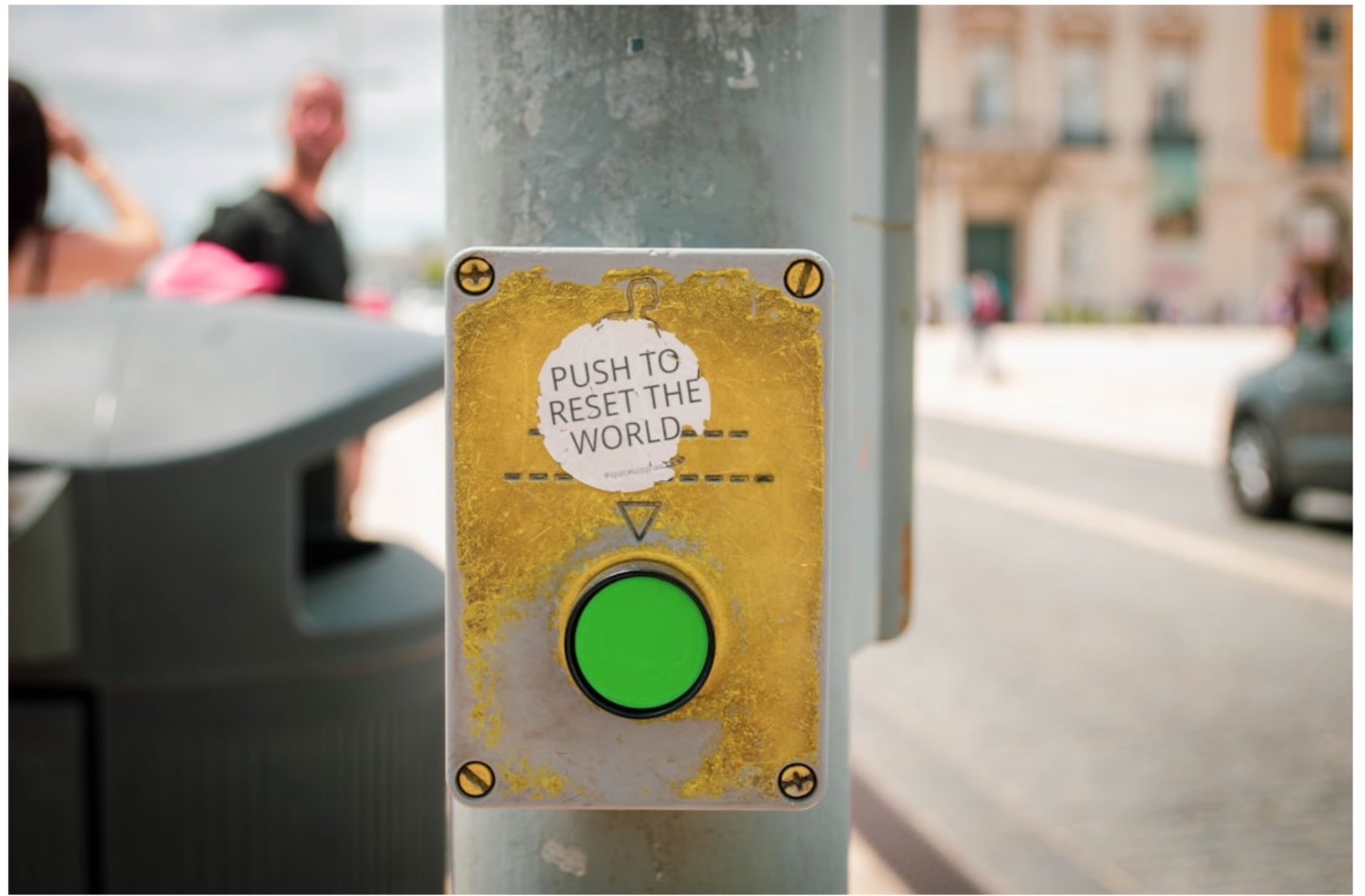How to Learn Your Customer's Needs
This week, businesses in the USA celebrated Get to know your customers day.
Why is it necessary to know your client and their needs?
- If we understand clients, then we give them what they want.
- When we give what the clients want – we make them happy.
- Clients want to be happy, so they will come back to us again.
What are the client's needs?
Using the well-known Maslow's hierarchy of needs, let's see what the needs of clients are from the point of view of cooperation with a freelancer.
The foundation is functional benefit. We satisfy these needs during the first call:
- Do we look professional?
- Is the price suitable?
Do we have good ratings and reviews?
The next step is meeting expectations the client has after we start cooperation:
- Did we prove to be professional enough?
- Do we meet the deadlines?
Was the budget estimated correctly?
- The third step is service and simplicity. When we have been working together for some time, the client begins to analyze:
Is it convenient for him to use the tools we have offered (perhaps it would be better to change the messenger or, for example, use notion instead of trello, etc.)
Is the level of communication and transparency sufficient?
Are we a team that can “cover any needs”. For example, if the client hired us for design, and then we can also do the development and write content or build a marketing strategy, then it will be super convenient. It is also important for service to communicate with customers in the correct tone of voice, which may be slightly different for each client.
The fourth step is trust. It is built over time of cooperation. What is needed for this:
- Meet all lower needs in hierarchy (as in any previous step of the pyramid, you need to cover the “lower” needs before moving on to the “higher ones”)
- Be careful with “personal information”
Do not hide your “fuck-ups”
The next step is strategy. We develop it together with the client in order to:
- Show that we both are “on the same side of the barricade”.
- Prove that we are as much interested in the product as the client is.
Transfer relations from “customer-executor” to “partners”. Clients often come to Upwork for one task, but even then, clients are looking for partners, even if they don’t know about it yet.
- Finally, when we reach the top of the pyramid, the WOW effect kicks in. Now the client is already confident of our professionalism, it is convenient to work with us, client trusts and considers us as partners. Then the clients turn into true brand ambassadors – they recommend other clients and come back with new projects.
So, first we need to cover the client's basic rational needs, such as safety, comfort, reliability. And only then we work with emotional needs, such as status and novelty.
How to understand what your client's needs are?
Scroll through the carousel - there are questions that customers ask at different levels of needs.





More Articles

How SEO Is Changing in the Age of AI
21-10-2025
AI is transforming search. Learn how SEO evolves into AEO and GEO — where visibility means being cited in AI answers, not just ranked in results.

Keeping the Human Mind Sharp When AI Can Do It All
16-10-2025
AI makes work easier, but thinking harder. Learn how to stay creative, critical, and human in the age of intelligent machines.

AI Workslop: Why Businesses Pay Freelancers to Fix AI
07-10-2025
AI speeds up work but often creates “workslop” - results that look complete yet lack value. Freelancers are the ones turning them into quality.

Disney Creative Strategy: How Ideas Become Reality
03-10-2025
Disney Creative Strategy: dream, plan, critique — a tool to guide ideas from imagination to real-world results.

Upwork Boost: Increasing Freelancer Profile Visibility
29-09-2025
Discover how Upwork’s Available Now badge and Profile Boost work, their costs, pros and cons, and which boost is best for freelancers or agencies.

10 Posts to Help You Get Started on Upwork
29-09-2025
We’ve gathered a set of articles to guide you through the essentials — from setting up your profile to building long-term client relationships.

Etcetera summer 2025 report
26-09-2025
Etcetera summer 2025 results: quiet season, new team members, shifting Upwork rules, and plans for an active autumn.

Upwork Feedback: a trust tool you should learn to read and write
22-09-2025
Upwork feedback is more than stars — it builds trust, shapes reputation, and guides choices. Learn how to read, request, and write reviews effectively

7 Hats: a thinking tool that saves time and nerves
08-09-2025
Instead of mixing emotions, facts, and criticism in chaos — this method by Edward de Bono helps separate thinking modes.

Upwork: From Simple Fees to Pay-to-Play
29-08-2025
Discover how Upwork’s fees evolved from flat 10% to a pay-to-play model with Connects, boosts, and variable 0-15% commissions in 2025.

Upwork Reset 2025: How to Refresh Your Freelance Strategy
25-08-2025
Discover 5 practical steps to reset your Upwork strategy in 2025: update skills, rethink pricing, optimize proposals, and grow with the market.

How to Build a Team That Won’t Fall Apart in a Crisis
22-08-2025
How to build a strong team that survives crises: Denys Safonov shares lessons from 11 years of leading the agency Etcetera through global challenges.
